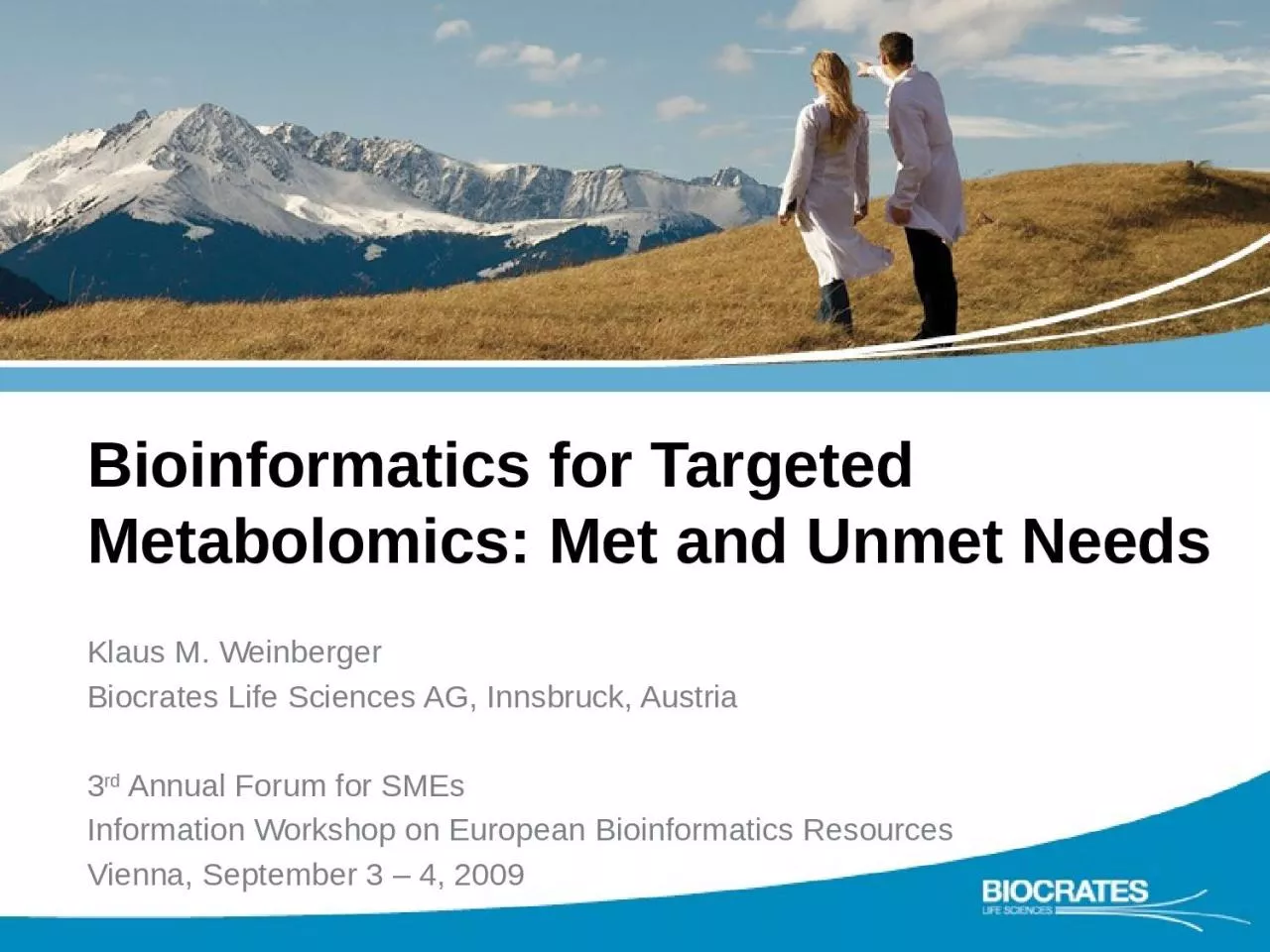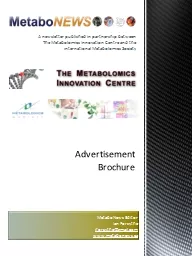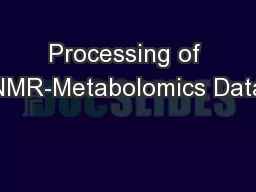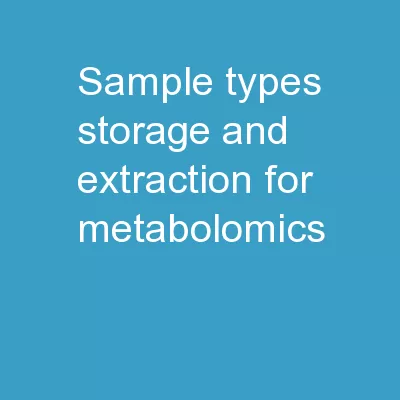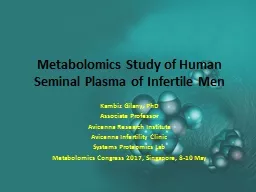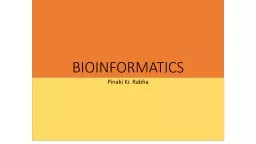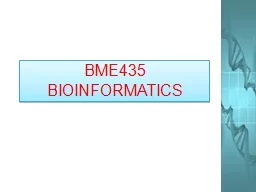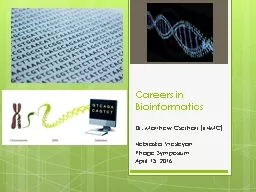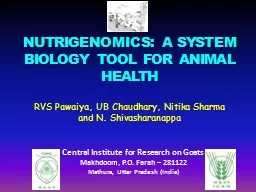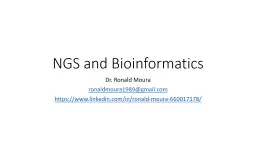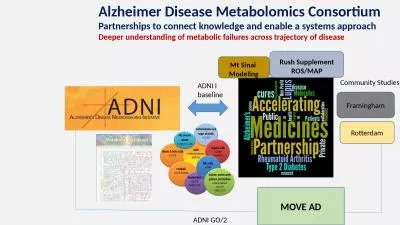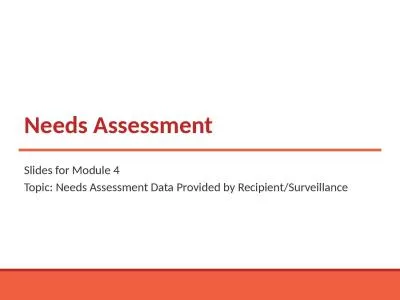PPT-Bioinformatics for Targeted Metabolomics: Met and Unmet Needs
Author : HappyHusky | Published Date : 2022-08-04
Klaus M Weinberger Biocrates Life Sciences AG Innsbruck Austria 3 rd Annual Forum for SMEs Information Workshop on European Bioinformatics Resources Vienna September
Presentation Embed Code
Download Presentation
Download Presentation The PPT/PDF document "Bioinformatics for Targeted Metabolomics..." is the property of its rightful owner. Permission is granted to download and print the materials on this website for personal, non-commercial use only, and to display it on your personal computer provided you do not modify the materials and that you retain all copyright notices contained in the materials. By downloading content from our website, you accept the terms of this agreement.
Bioinformatics for Targeted Metabolomics: Met and Unmet Needs: Transcript
Download Rules Of Document
"Bioinformatics for Targeted Metabolomics: Met and Unmet Needs"The content belongs to its owner. You may download and print it for personal use, without modification, and keep all copyright notices. By downloading, you agree to these terms.
Related Documents

